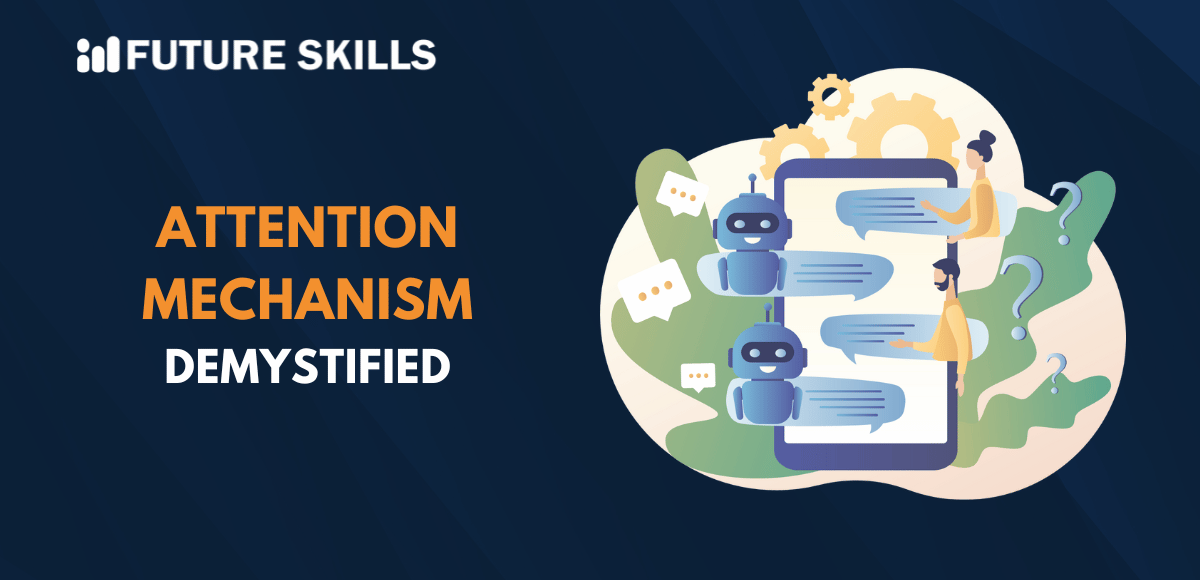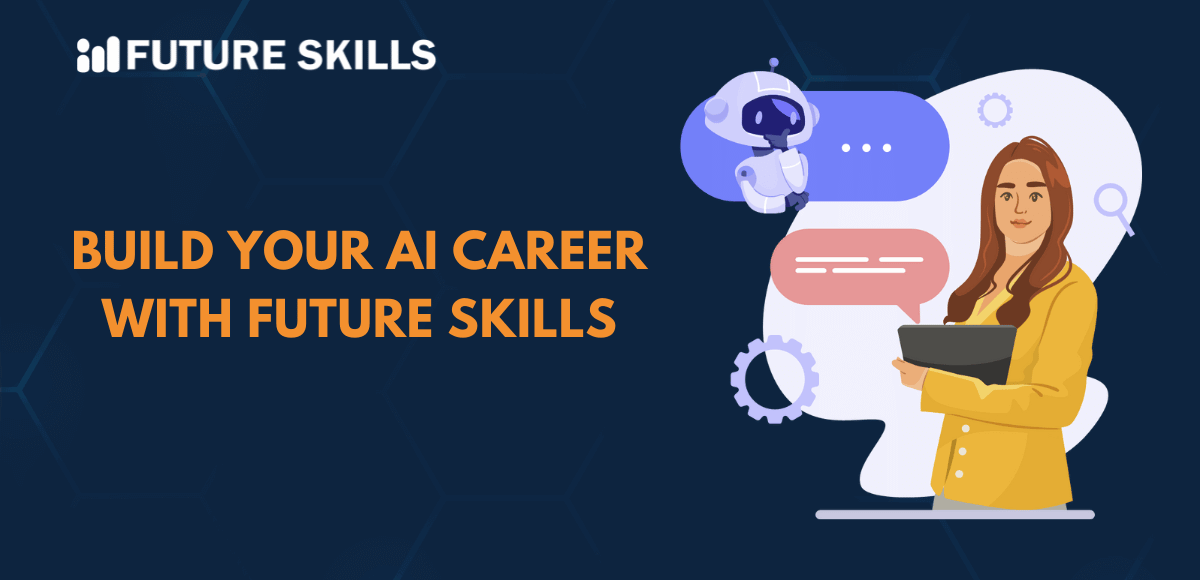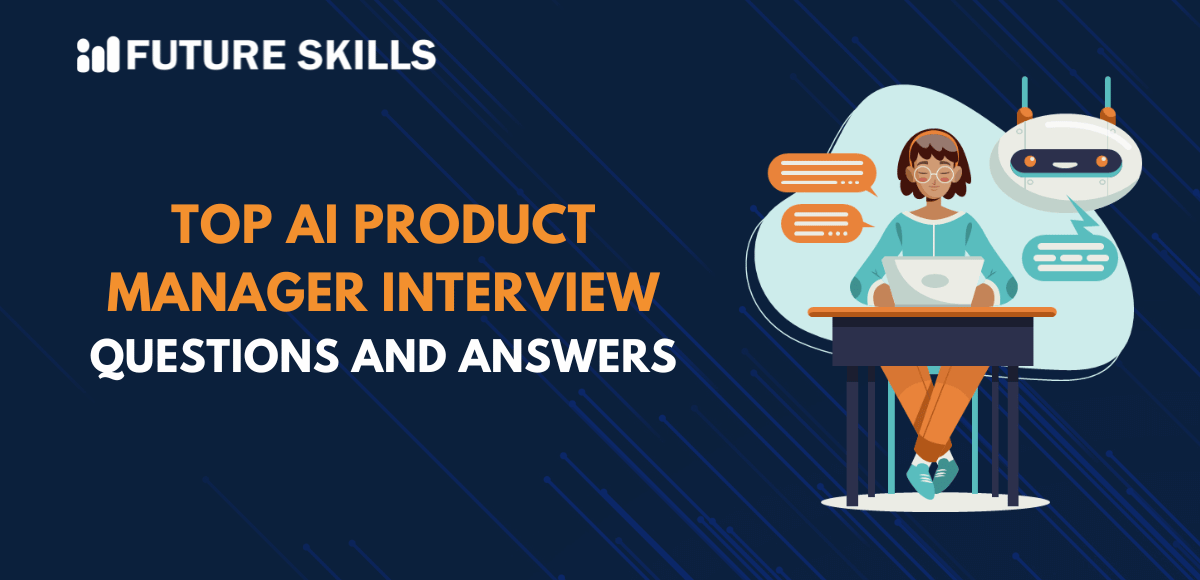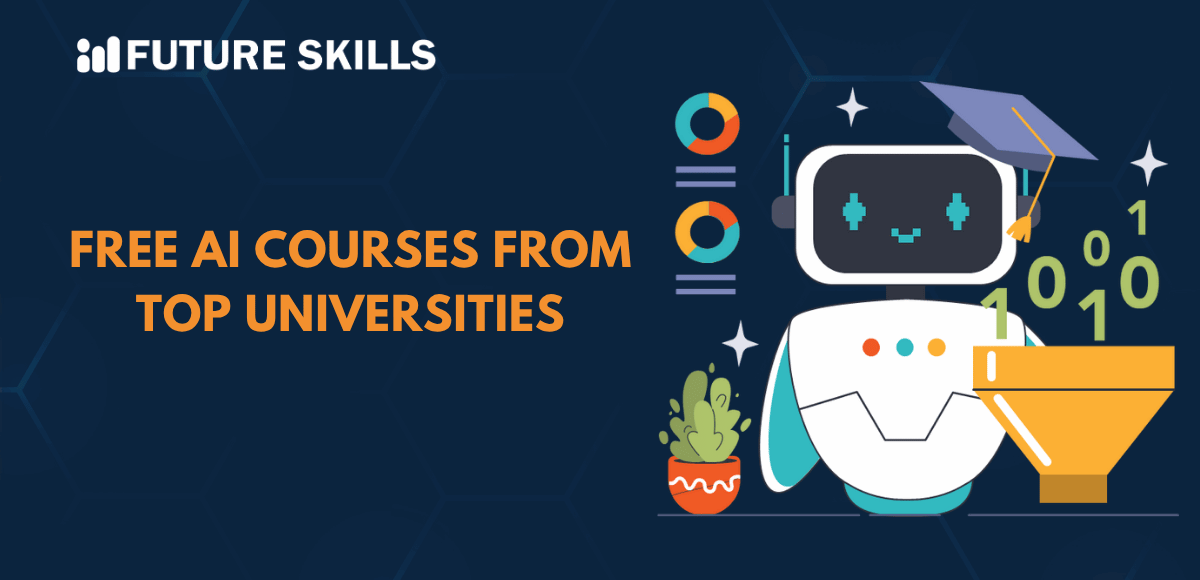Artificial Intelligence has gone through some prominent shifts in the past decade, triggering some major advancements. And one of the most significant ones is the introduction of the attention mechanism. From powering multiple transformer models to enabling advanced summarizations, content generation, and translation, it is a silent force behind modern AI systems. If you are looking for the attention mechanism explained in simple terms, then you have arrived at the right place.
This mechanism has completely changed how machines understand images, human intent, and language. Let’s dive into how this mechanism works and also understand how it has changed today’s AI models.
Level up your AI skills and embark on a journey to build a successful career in AI with our Certified AI Professional (CAIP)™ program.
Attention Mechanism – A Short Brief
To get the attention mechanism explained clearly, you need to understand how humans analyze information. For instance, when reading a paragraph or sentence, readers don’t give importance to all words. They focus on the most relevant elements such as context-specific phrases, emotional cues, etc. The attention mechanism in artificial intelligence functions in the same way by allowing AI models to focus on a special aspect of the input data.
Instead of covering all inputs, it assigns scores or weights to various elements, informing a model to focus on what matters most for a certain task. It has become a crucial part of multiple tasks such as language translation, image recognition, and document summarization.
The Pre-Transformer Era
Before the emergence of the Transformer, most Natural Language Processing models were developed utilizing RNNs or Recurrent Neural Networks and CNNs or Convolutional Neural Networks. However, these elements had some limitations:
- RNN processes data sequentially, and it limits their ability to parallelize. Besides, the sequential nature also slows down the training, making it inefficient for large database processing.
- While LSTM or Long Short-Term Memory and GRU- Gated Recurrent Units were created to process long-term dependencies, they still struggle with long sequences.
- CNNs provide models with some parallelism and can capture local patterns. But to capture complex relationships, they require stacking multiple layers. This, in turn. Increases the complexity of the model as well as computational cost.
The transformer led to a paradigm shift by replacing the old architectures with the attention mechanism. It allows modern AI models to attain parallelization without depending on recurrence.
Learn how ChatGPT and AI can transform your career and boost your productivity with the free ChatGPT and AI Fundamentals Course.
What are the Different Types of Attention Mechanisms?
In the world of artificial intelligence and deep learning, attention mechanisms have established a solid foundation for modern AI architectures by introducing the transformer. If you are wondering what are different types of attentional mechanisms, then this section breaks them down with relevance and clarity.
Self-Attention
Also called intra-attention, it allows every element in a sequence to interact or attend to other elements in the same sequence. This mechanism is crucial to transformer models. Self-attention can also retain dependencies and contextual relationships without depending on the encoder’s input.
Key Features:
- Primarily used in transformer models such as GPT and BERT.
- Vital for tasks such as summarization, translation, and language modeling.
- captures long-range dependencies.
Soft Attention
It is one of the most commonly utilized attention mechanisms. This differentiable mechanism assigns a weight to every input part and computes a weighted average across input elements. Due to its differentiability, this mechanism is highly efficient and adaptable for large-scale learning projects.
Key Features:
- Facilitates end-to-end training
- It is differentiable and can be trained utilizing backpropagation
- Widely used in models such as speech recognition, machine translation, and image captioning.
Hard Attention
This mechanism takes a selective approach by focusing on specific input elements instead of covering all parts of the input. It is not differentiable and challenging to optimize.
Key Features:
- Generates discrete choices
- A good option for tasks where you need to make discrete decisions
- Generally trained utilizing reinforcement learning
- Computationally cheap and efficient during inference
Multi-Head Attention
It can run multiple attention mechanisms in parallel. Every mechanism learns various aspects of the input, enabling the model to capture different dependencies and relationships.
Key Features:
- Captures diverse relationships, enhancing the model’s expressiveness.
- Helps enhance the efficiency of transformer models.
- Outputs are linearly transformed
- Enable a better understanding of various complex patterns
Local Attention
It utilizes the location or position of the input elements for attention calculation. Local attention is crucial in tasks such as speech recognition, where the phonemes or words can be vital.
Key Features:
- Focuses on the location or position of the sequence’s elements for computation
- Excellent for tasks where nearby context is more relevant
- Generally used with other attention mechanisms, such as additive attention
Global Attention
In this mechanism, all positions in the input sequence interact with all other positions. Every element, such as pixels in images and words in sentences, interacts with other elements and computes the attention scores.
Key Features:
- Focuses on all input positions
- Offers a comprehensive context
- For long sequences, it can be resource-intensive
Grab the opportunity to become a professional ChatGPT expert with our Certified ChatGPT Professional (CCGP)™ Certification course.
How Does the Attention Mechanism Work in AI?
To completely understand the attention mechanism explained, it is vital to understand how it works. Attention mechanisms enable modern AI models to process large data inputs and then train more accurately and quickly. It first assigns scores to input data and then sorts the data based on its importance.
Attention technique in AI generally involves three major components. Programmers call these components “Vectors”. These are:
- Queries: The elements users are trying to understand or match.
- Key: The nature of computation. The reference points users compare the queries against.
- Values: The data users retrieve based on the match
The attention mechanism in AI processes multiple sequences in parallel. Different from LSTMs or RNNs, transformers don’t depend on sequential processing. That’s why they are more scalable, faster, and much better at processing long-range dependencies.
Why Attention Mechanism Changed AI Forever?
The introduction of transformer architecture and attention mechanism in AI didn’t just enhance existing models; they unlocked a new phase of AI. It has reshaped how models learn, generate, and interpret data.
-
Better Contextual Understanding
Transformer, powered by attention mechanisms, enables the AI models to easily grasp relationships between image regions, phrases, and words. This leads to better translations, more accurate predictions, and faster content generation.
-
Massive Parallelization
The transformer architecture is designed for today’s advanced parallel computing hardware. As a result, researchers can train models to process larger datasets with multiple parameters, a thing that was once out of reach due to architectural and computational limitations.
-
Rise of LLMs
The ability to process long-range dependencies and train faster was a major element for the development of modern LLMs, or Large Language Models, such as Google’s BERT or GPT services. These models, powered by the transformer architecture, have attained impressive performance in multiple tasks such as translation, summarization, and text generation. In fact, they have become the backbone of AI assistance, chatbots, or other creative tools.
-
Increased Performance in Multimodal Systems
Attention technique in AI plays a major role when processing multimodal data, such as images with audio or text, plus images. It helps understand, map, and integrate inputs across modalities. AI models can now offer predictions and outputs that are rich in context and accurate.
Start your journey to becoming a successful prompt engineer—no coding required. Enroll in the Certified Prompt Engineering Expert (CPEE)™ Certification today!
Attention Mechanism Example
Have a look at this simple attention mechanism example in the field of machine translation to understand how it shines in real-world applications.
Input: The Cat Sat on the Mat.
You want the AI system to translate it into Spanish. When the system is translating the word “Cat” to the Spanish word “Gato”, it needs to understand which noun in the original sentence it refers to. The mechanism enables the system to focus on the term “Cat” and use that as a reference.
The AI system looks back at all words and then assigns higher weights to the words that are relevant to the current output. In this example, the system will give high weight to the hidden states linked to “Cat” when creating the translation “Gato”, allowing it to accurately focus on that particular segment of the source sentence.
Attention Mechanism- Shaping the Future of AI
With the attention mechanism explained in detail, it is clear that innovation is core to modern AI. From powering the most advanced AI models to enabling contextual data processing, attention, and the transformer have become a necessity for AI models. It replaced the sequential, slow process with a context-aware and parallel one, opening the doors to the intelligent systems we are using today. It would not be wrong to say that this innovation laid the foundation for the future AI revolution. To truly understand and leverage these advancements, pursuing an AI Certification can be a powerful step forward.






